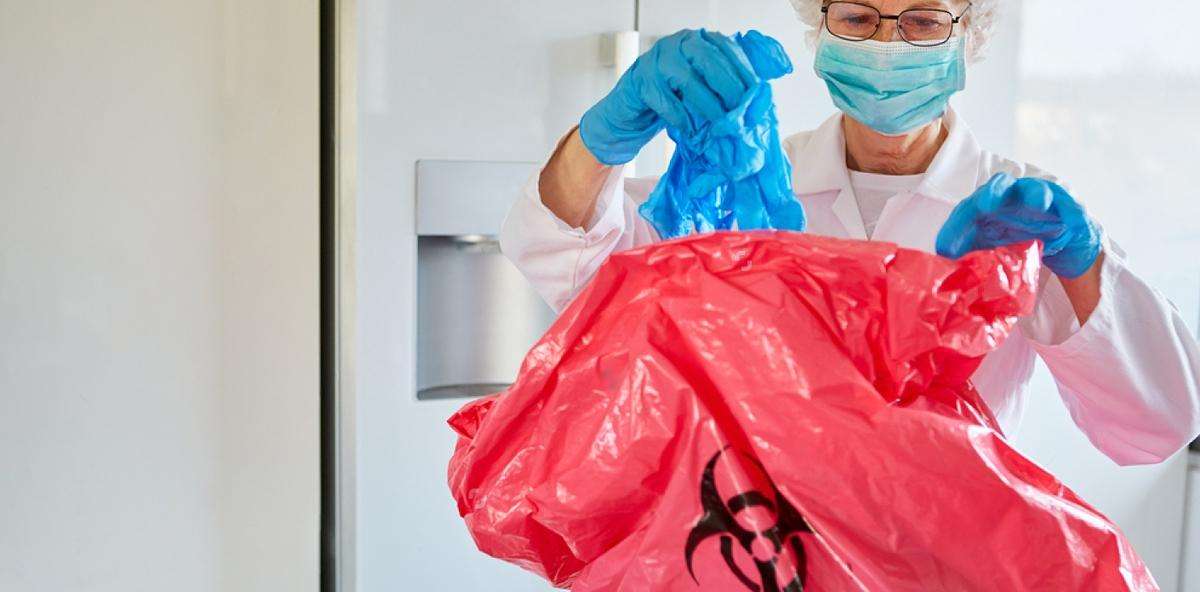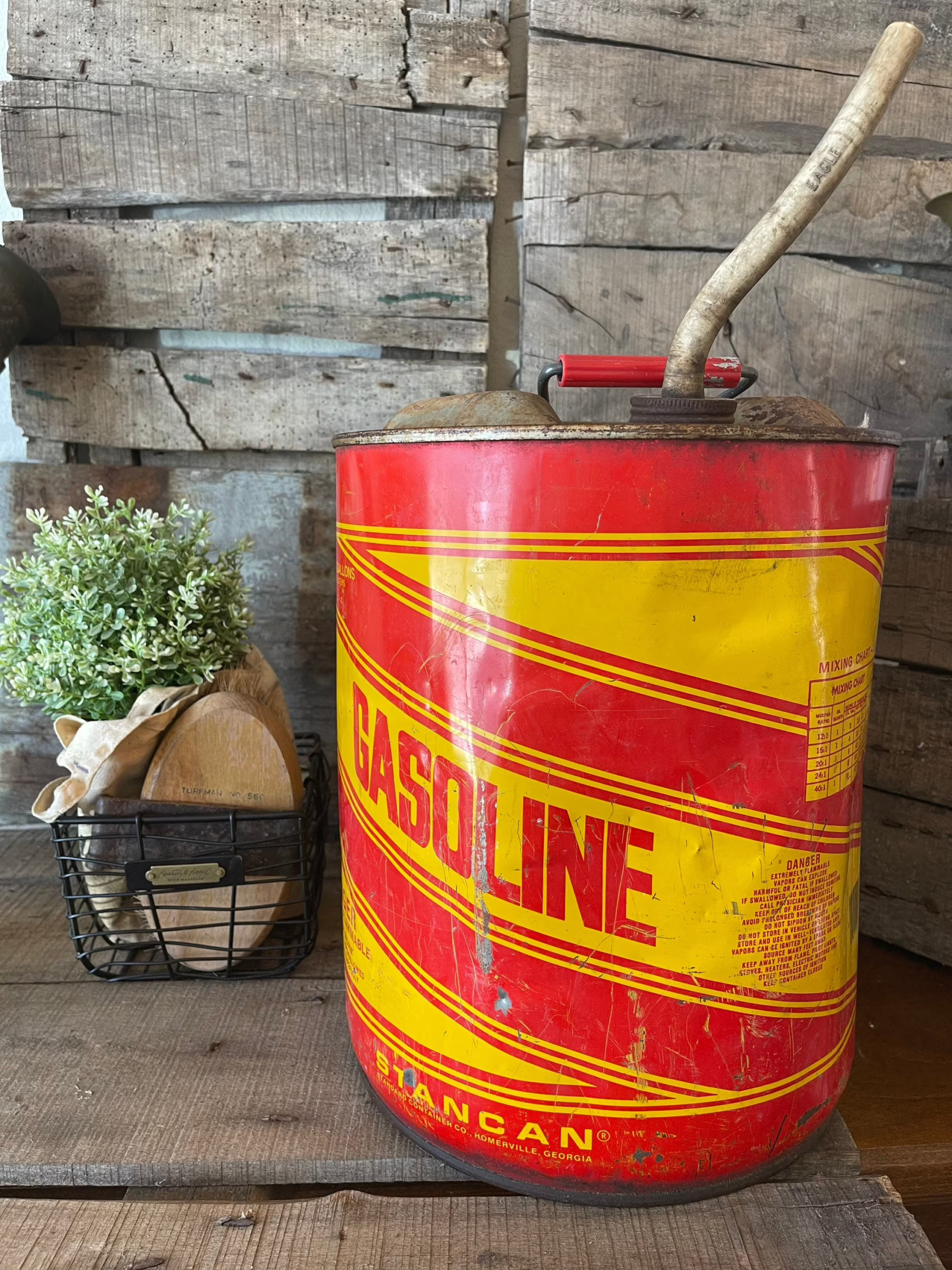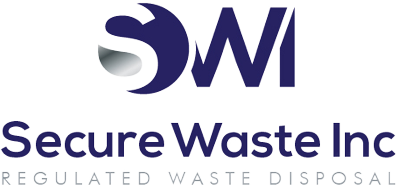What Is The Purpose Of Double Bagging Biohazardous Waste? Advantages And Disadvantages Of Double Bagging Secure Waste: Provides Expert Solutions
Double-bagging biohazardous waste is a critical practice that significantly bolsters safety protocols within healthcare environments. This method introduces a vital layer of protection against leaks and contamination, effectively reducing the risk of exposure for healthcare workers and the surrounding ecosystems. Employing two separate bags ensures that, should the inner bag become compromised, the outer bag remains intact, thereby minimizing the potential for the spread of harmful materials.
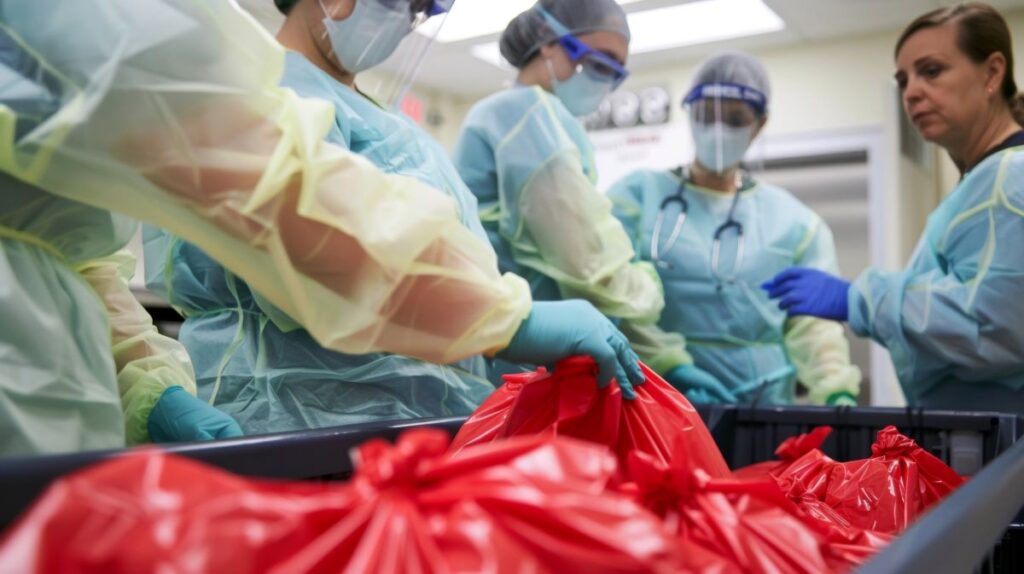
Double bagging is a critical procedure for safely managing biohazardous and medical waste. This method involves placing waste materials in two sturdy plastic bags to enhance protection against leaks and contamination. The outer bag is an additional barrier, ensuring that any punctures or tears in the inner bag do not lead to exposure or spillage of hazardous materials. Proper double bagging helps comply with health regulations and safeguards waste handlers and the environment from potential biohazard risks. Following established protocols when handling and disposing of these materials is essential to maintain safety and hygiene standards.
An Overview of the Management of Biohazardous Waste
Biohazardous waste includes any waste containing infectious materials or potentially infectious substances, such as saturated, dripping, or flaky blood. This category encompasses many materials and subcategories that pose significant risks to human health and the environment if improperly handled.
Biohazardous waste, also referred to as regulated medical waste (RMW), infectious waste, or colloquially as red bag waste, includes any solid or liquid waste contaminated with blood, human body fluids, or other substances that could potentially spread infections. The specific types of biohazardous waste include:
- Pathological Waste: This includes human or animal body parts surgically removed or otherwise disposed of, such as organs, limbs, or tissues, that may harbor infectious agents.
- Anatomical Waste: Similar to pathological waste, this category involves recognizable human or animal body parts subject to strict disposal regulations.
- Animal Waste: This encompasses carcasses, bodily fluids, and material from animals used in research or health care that may carry pathogens.
- Laboratory Waste: This includes specimen cultures, microorganisms, and any materials that have come into contact with infectious agents during laboratory processes.
- Infectious Waste: This consists of materials such as blood, excreta, and other body fluids that contain infectious agents capable of causing human diseases.
- Sharps Waste: Items like needles, scalpel blades, and glass shards that can puncture or lacerate skin are categorized as sharps waste. This type of waste requires special handling due to the immediate risk of injury and infection.
- Solid Waste: This includes contaminated items such as bandages, dressings, and personal protective equipment (PPE) that have been in contact with infectious materials.
The potential risks associated with biohazardous waste are significant, as improper disposal can spread infectious diseases, create health hazards for medical staff and waste handlers, and even result in environmental contamination. Therefore, stringent regulations and guidelines are essential for collecting, treating, and disposing of biohazardous waste to protect public health and safeguard the environment. The CDC, Centers for Disease Control, sometimes recommends double-bagging biohazardous waste.
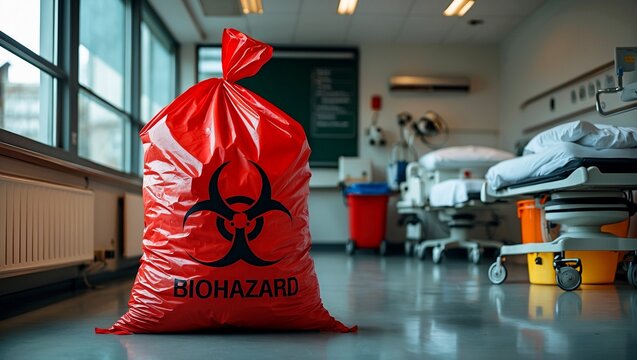
What Is A Red Biohazard Bag? Get The Answers
Here’s a more detailed exploration
- Preventing Leaks and Contamination: Double-bagging operates as a proactive safeguard designed to intercept spills and leaks that may arise while handling and disposing of biohazardous waste. This is especially crucial given that mishaps during waste transport can swiftly escalate into environmental hazards and health risks, creating dire consequences for communities and ecosystems.
- Reducing Exposure: By integrating a secondary layer of protection, double-bagging effectively lessens the risk of healthcare workers coming into direct contact with potentially infectious materials. This additional barrier is vital in healthcare settings, where exposure can lead to severe health ramifications, including transmitting contagious infections that can threaten both individual and public health.
- Enhanced Durability: The outer bag is an essential buffer, providing an extra layer of strength and durability. This reinforcement is critical in diminishing the likelihood of tears, punctures, or breaches that could ultimately compromise the integrity of waste containment. Consequently, robust, puncture-resistant materials are often favored for inner and outer bags, ensuring they can withstand handling and transport rigors.
- Compliance with Regulations: Numerous healthcare facilities must double-bag specific categories of biohazardous materials according to established safety standards and guidelines. Complying with these regulations protects the health and well-being of individual workers. It also ensures that the facility upholds legal obligations regarding waste management and public health safety, creating a trustworthy reputation within the community.
- Containment and Safety: Double-bagging is a fundamental aspect of comprehensive biohazard waste management strategies. This method helps contain potentially hazardous materials and is crucial in mitigating the spread of infections within healthcare environments. Effective containment strategies are indispensable for maintaining a secure workplace and minimizing risks to public health.
Through double-bagging protocols, healthcare facilities can ensure they take significant strides toward safeguarding their staff and communities, reinforcing their unwavering commitment to health and safety standards.
Reasons the Negatives of Double Bagging Outweigh Its Advantages
Double-bagging biohazardous waste serves a critical purpose: to prevent leakage and potential contamination by providing additional protection to the initial waste bag. However, this traditional method has drawbacks, as it introduces significant environmental, safety, and financial challenges.
- Secure Waste Explains Environmental Impact: The reliance on extra plastic bags significantly contributes to environmental degradation. The manufacturing and disposal processes for plastic bags release greenhouse gases, exacerbating climate change and creating long-term pollution challenges in landfills and natural ecosystems. This increased plastic use harms wildlife and clutters our landscapes, leaving a lasting mark on the environment.
- Implications of Additional Cost: From an economic perspective, double-bagging can escalate costs for healthcare facilities. The necessity for more materials and the increased labor involved in handling and disposing of the waste can add up rapidly. These compounded expenses transform waste management into a financially burdensome endeavor, straining resources that could be better allocated elsewhere.
- Cross Contamination: Ironically, while double-bagging is designed to mitigate risk, it can inadvertently heighten the danger of contamination. Handling multiple bags increases the likelihood of accidental exposures and spills, posing health risks to waste handlers and those nearby. Transferring waste between bags can disrupt the containment, leading to potential hazards that could compromise safety protocols.
In conclusion
Now that you have a more comprehensive understanding of why to double-bag biohazard waste, don’t hesitate to contact Secure Waste.
We provide reliable, compliant, eco-friendly medical waste disposal solutions for your facility’s needs. We have expertise in biomedical, hazardous waste, and Sharps container disposal. In addition, we provide customized waste management plans, including secure collection and transport, and sustainable disposal practices.
Contact us today for a FREE Waste Assessment, or request a quote online!
**Disclaimer** This information is provided for reference purposes only and should not be considered as legal advice or factual information at the time of your reading. Regulations frequently change and can vary from state to state. For the most current information, we encourage you to contact your local regulatory authorities or Secure Waste directly. Please note that Secure Waste is not liable, in part or in whole, for any information contained on this page or website.

Expert Medical Waste Management: With over 25 years of industry experience, Secure Waste is a trusted local leader in hazardous and biohazardous waste disposal across Maryland, Virginia, and Washington, D.C. Specializing in medical waste management, sharps needle disposal, and biohazard waste removal, the company ensures full compliance with federal, state, and local regulations while prioritizing environmental sustainability.
The company also offers additional services, including secure document shredding and sharps container sales, providing comprehensive solutions for healthcare facilities and businesses. Our cost-effective services help clients maintain regulatory compliance without unexpected costs.
With a commitment to customer satisfaction, Secure Waste offers tailored waste management plans that align with industry best practices. Their team of experts provides reliable, timely, and compliant services, making them the preferred choice for medical waste disposal. For a free waste quote or more information, visit www.securewaste.net
